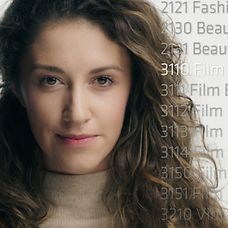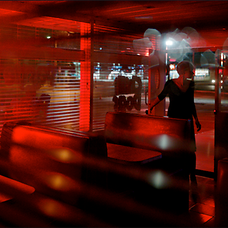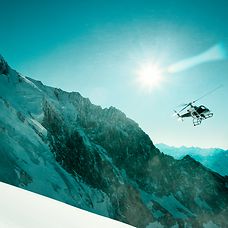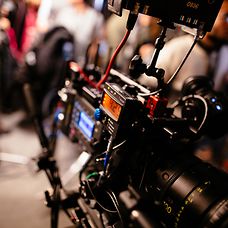A sensor mode defines an aspect ratio, which defines the area on the sensor that is being captured. A recording format define what is being recorded in-camera in the file. So while a sensor mode defines a certain number of photosites on the sensor, those may be recorded straight or up or down-sampled to create the pixels of the recording format. A distribution format defines how the final product is delivered to the consumer. The contents in the recording format is often up or down-sampled, cropped, repositioned or rotated in post before it becomes the final distribution format.
An example: Choosing a 16:9 sensor mode on the camera allows the further choice of various recording formats. Choosing the 4K UHD recording format means that a 16:9 area from the sensor is read out, up-sampled in camera to a 4K UHD image and then recorded. In this case the recording format of 4K UHD is the same as the distribution format of 4K UHD.
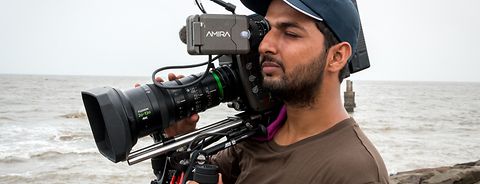
AMIRA FAQ
Learn more about AMIRA
